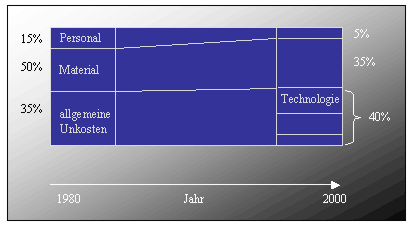
Fig. 5: The increase of the expenses in the past years 87
3 Theoretical model for the analysis outsourcing of the Procurement
3.2 Activity Based Costing
Although the basic elements and mechanisms of the Activity Based Costing (ABC) exist for decades,
this concept developed in such a way only in the last years that it represents today one of the most important cost calculation
beginnings. 75
75 Vgl. Hicks (1992).
Already 1908 noticed Hamilton Church the increase of the indirect costs and referred to the necessity to add the general expenses to the individual products. 76
Into the 20's and 30's would use many enterprises the principles of the ABC due to the risen expenditures for advertisement, graduation and selling. After the Second World War the American economy and the costs of distribution stabilized played a subordinated role. High product volumes and low product variety
led the ABC to the application of the traditional cost calculation systems and up to the 60's were
ignored. 77
Only in the 60's led the General Electric (GE)
accountants the word "Activity" in, in order to describe expenses causing processing steps.
Since GE had thousand products, to which few direct costs and many overhead costs were added,
invented it a system which is based on activities for cost identification. 78
However it took still 15 years, until the ABC was developed into the current form. In and the 80's 70's the industral
superiority of the United States decreased. New challenges led beginning of the 80's to the necessity to use more suitable procedures for the computation of the cost information. In addition the contributions of many academy members, practical men and organizations served. Among them count Robert Kaplan, ruby Cooper, Thomas Johnson and Peter Turney, as well as the "Consortium OF Advanced Manufacturers international" (Cam i), "institutes the OF management Accountants" (IMA) and the "Society OF management Accountants ton of Canada" (SMCA). 79
Robert Kaplan stated that the cost calculation and inspection procedure at that time did not present production costs distorted and the crucial not-financial data, which were necessary for efficient and effective enterprises in a new competition environment. 80
Today ABC is in the western world 81
an important decision-support beginning become. 82
76 Vgl. Harrison/Sullivan (1996).
77 Vgl. Harrison/Sullivan (1996).
78 Vgl. Harrison/Sullivan (1996).
79 Vgl. Hicks (1999).
80 Vgl. Kaplan (1984), P. 95.
81 in contrast e.g. to Japan: See Harrison (1998), P. 7.
82 Vgl. Cooper/Kaplan (1991), P. 131.
3,2,2 definitions and reasons for ABC
In particular two definitions help with the understanding of the ABC beginning: Liggett, Trevino and Lavelle. maintain the following: "certain activities are implemented for the product production.
These activities use enterprise resources and cause therefore costs. Production uses activities.
By determination of the resources quantity used for an activity (and the costs resulting from it) and a direct addition of production costs is possible for the amount of activity used for the production of a product to the products." 83
Cam i defines ABC as method for the identification of the causal connection between cost drivers and cost activities by measurement of the costs of the process-referred activities and the cost objects. 84
From these definitions one can derive the reason, why the ABC is necessary. Production costs consist directly of material and personnel expenditure. In the today's environment however the personnel expenditure amounts to only 5% to 15% and material costs 45% to 55% of the entire costs. The indirect costs amount to thus 30% to 50%. 85
In this context, in which the indirect costs represent a large part of entire production costs and the cost drivers not only to production volumes but rather different factors, the ABC makes the direct allocation possible of most costs to the products compared with the traditional cost calculation concepts. Therefore the ABC beginning is more precise than the traditional beginnings. 86

|
Top| Home| << Back | Next >>
/en/home.php" TARGET="_blank">>> Home Page << |